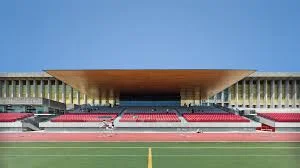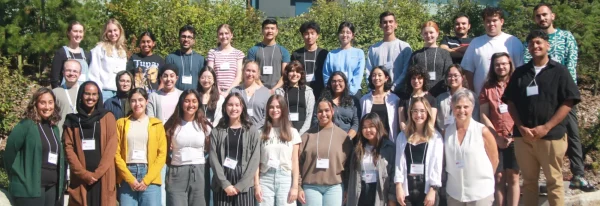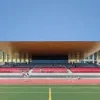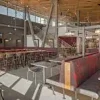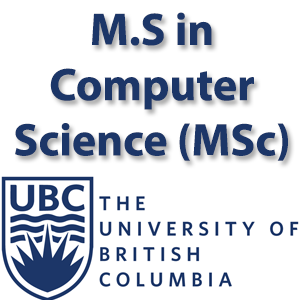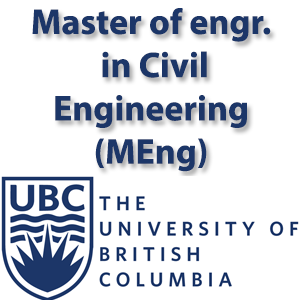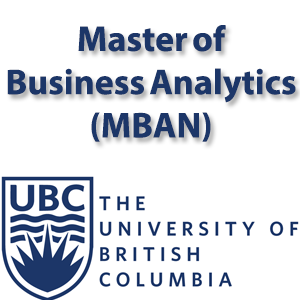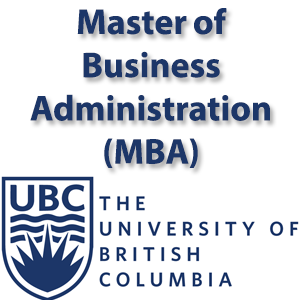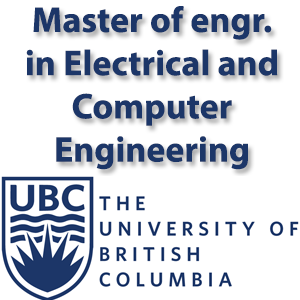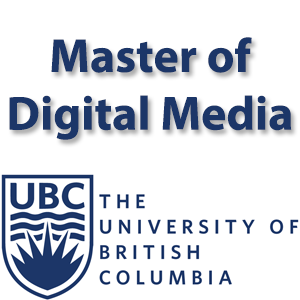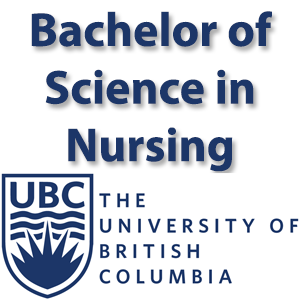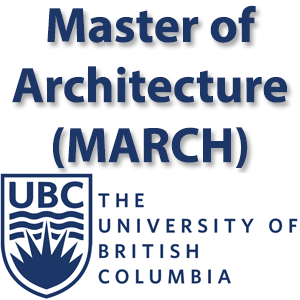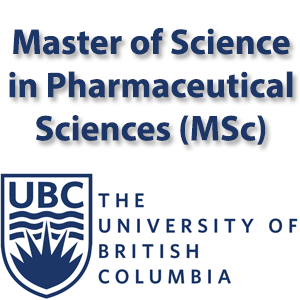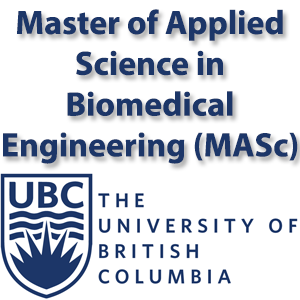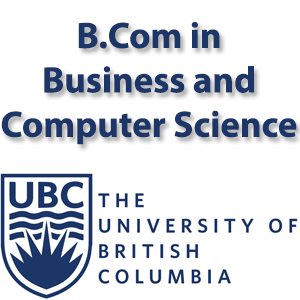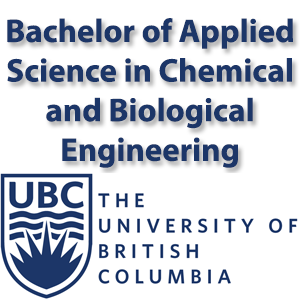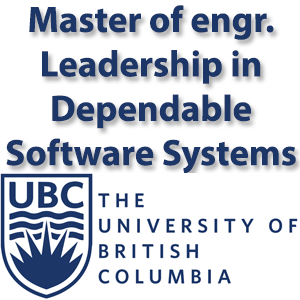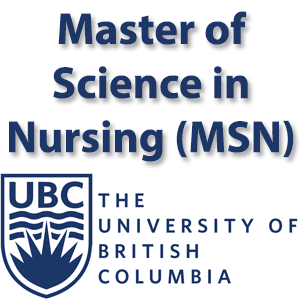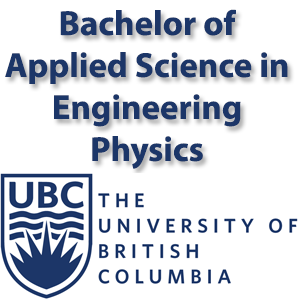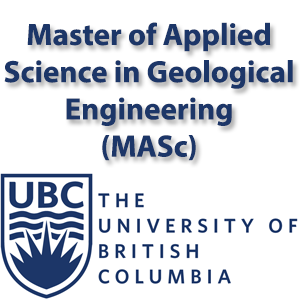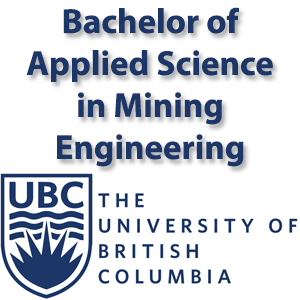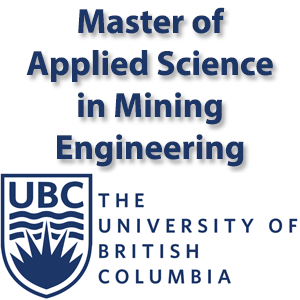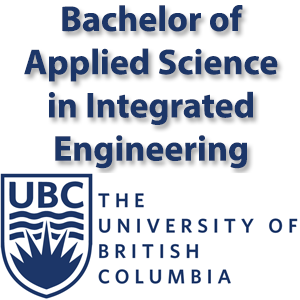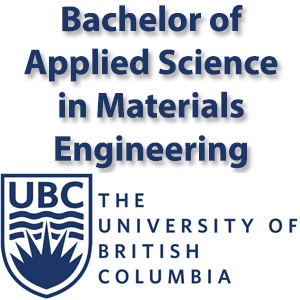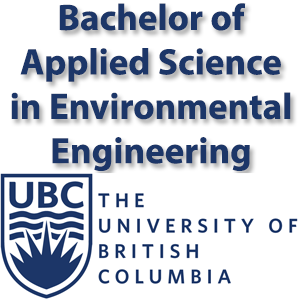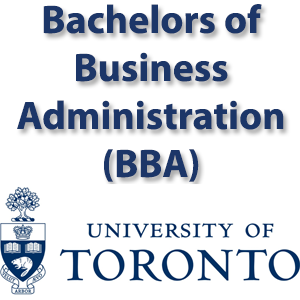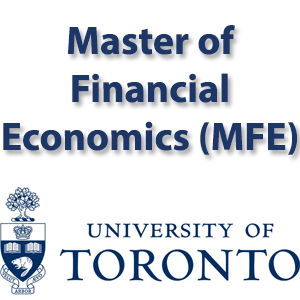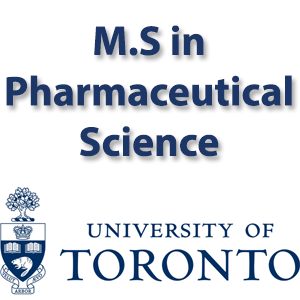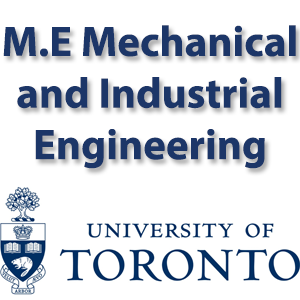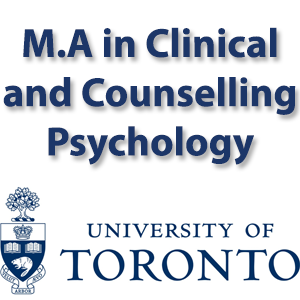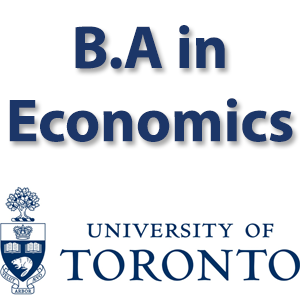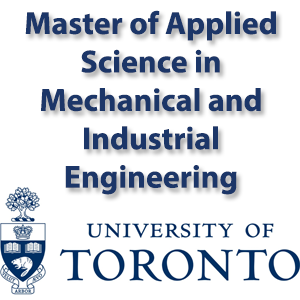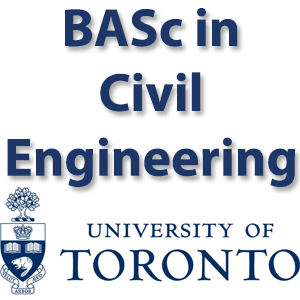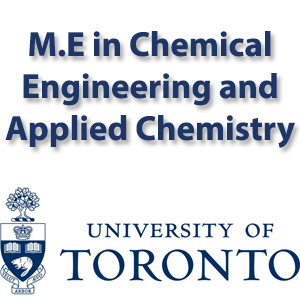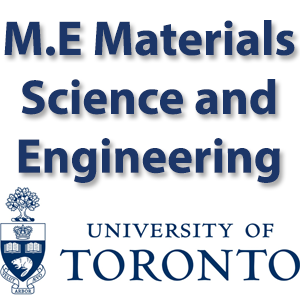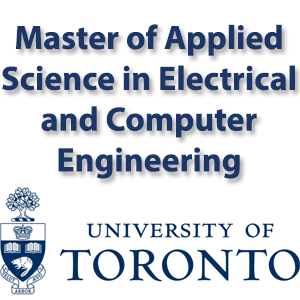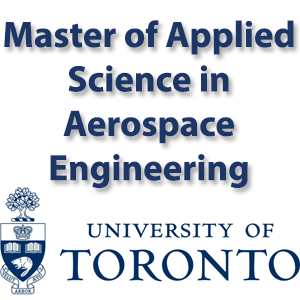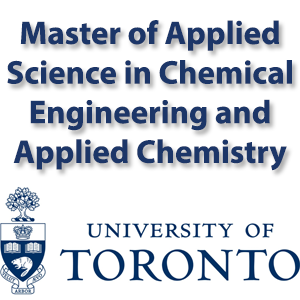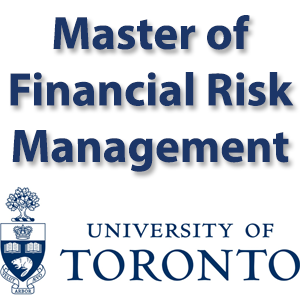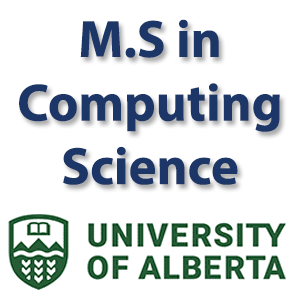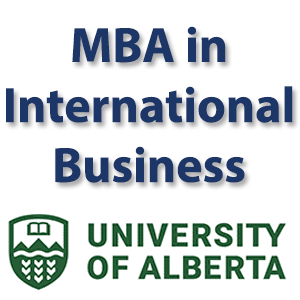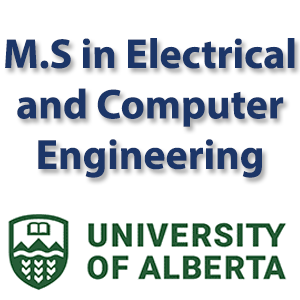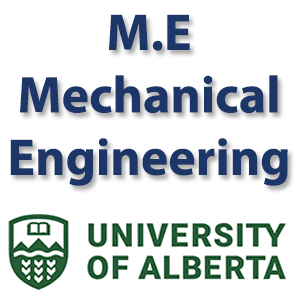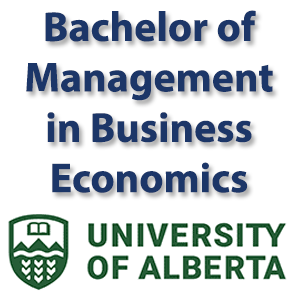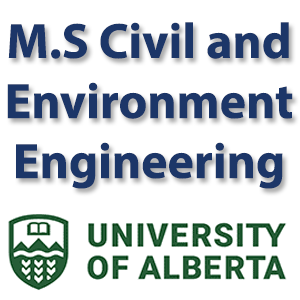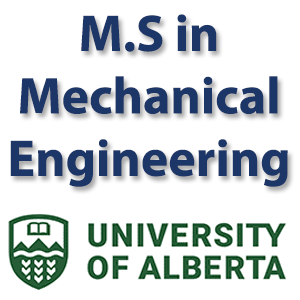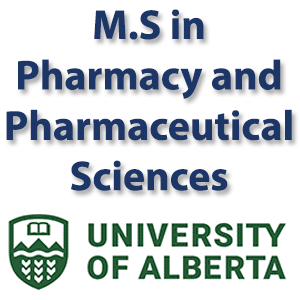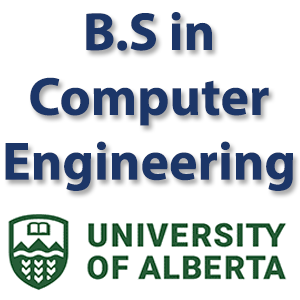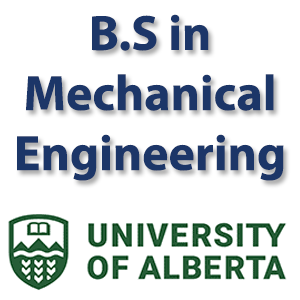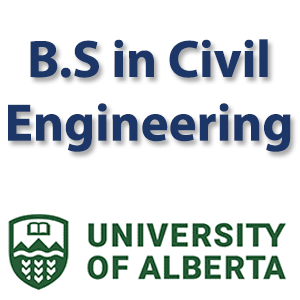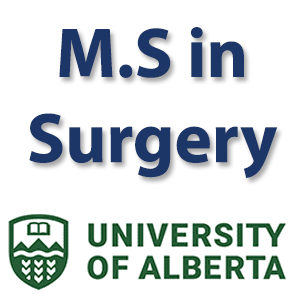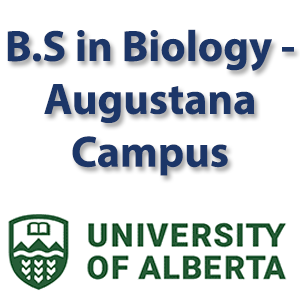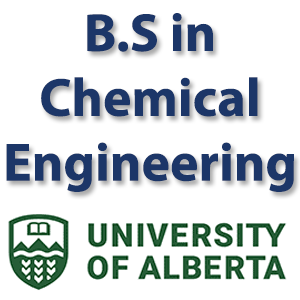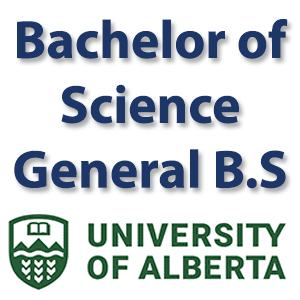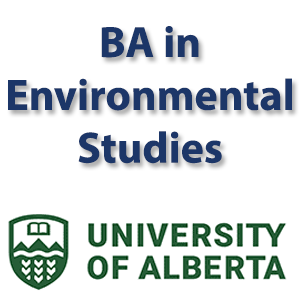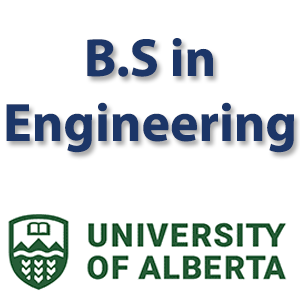International Admission Requirements – India
Minimum University Admission Requirements
Please review the Minimum University Admission Requirements in addition to the information listed below.
International Admission Requirements
The following information, regarding minimum equivalent qualifications and academic standing, and required credential, is intended as a guideline only and is to be used as a reference for admission purposes only.
Academic units may have higher requirements and the assessment of any individual may be subject to additional criteria, including English language scores.
Admission to Graduate Certificate or Diploma
Minimum Equivalent Qualifications
For admission to a Graduate Certificate or Diploma the requirement is a degree equivalent to a Simon Fraser University 4-year bachelor’s degree with a minimum overall grade equivalent to a B-.
Admission to Master’s Program
Minimum Equivalent Qualifications
For admission to a master’s program, the qualifications listed are normally recognized as equivalent to a Simon Fraser University 4-year bachelor’s degree with minimum overall grade requirements.
Required Credential or Degree
M.A., M.B.B.S., M.Comm., M.Sc., or a Master’s degree in a non-engineering field or Honours B.Eng., B.Sc.(Eng.), B.Tech., B.A.Sc., B.Arch. B.Pharm
3-year degrees are an acceptable basis of admission if:
- The applicant’s overall standing in degree is 1st Class/Division, AND
- The awarding institutions have been accredited by India’s National Assessment and Accreditation Council (NAAC) with a grade of A or better http://www.naac.gov.in/ OR
- The awarding institution is designated an Institution of National Importance, such as the Indian Institute of Technology.
Minimum Overall Academic Standing
First Class; 8 on 10-point scale
Admission to Doctoral Program
Required Credential or Degree
M.Phil., Master’s Degree, Master’s degree in Engineering, Forestry or Medicine
Minimum Overall Academic Standing
First Class; 8 on 10-point scale
English Language Proficiency Test
Applicants with a degree from this country are required to submit proof of English language competency.
Education System
Language(s) of Instruction
Bengali, English, Gujarati, Hindi, Punjabi, Tamil, Telugu, Urdu
Grading System
Classification Scale
| Grade | Description | Classification |
| O | Outstanding | First Class |
| A | Very Good | First Class |
| B | Good | Second Class |
| C | Average | Second Class |
| D | Below Average | |
| E | Poor | |
| F | Very Poor | |
10-Point Scale
| Grade | Scale | Description |
| O | 10 | Outstanding |
| A+ | 9 | Excellent |
| A | 8 | Very Good |
| B+ | 7 | Good |
| B | 6 | Above Average |
| C | 5 | Average |
| P | 4 | Pass |
| F | 0 | Fail |
| Ab | 0 | Absent |
Leadership, Governance & Strategy
Simon Fraser University is a leading research university, advancing an inclusive and sustainable future.
Leadership
The president and vice-chancellor, supported by the vice-presidents and deans, oversees SFU’s management and administration.
Learn more
Governance
SFU operates according to British Columbia’s University Act, with two governing bodies: the Senate and Board of Governors.
Learn More
Values
SFU’s values guide us as individuals and as an institution. We embed these values in every decision and every action, and hold ourselves accountable for doing so.
Learn More
Pan-university initiatives
These initiatives intersect with each of our strategic priorities, at all levels of the university, and represent areas of focus for SFU in the short- and long-term.
Learn more
Policies & Procedures
The Office of the General Counsel oversees the development and maintenance of SFU’s policies that are within the Board of Government’s jurisdiction, as well as their associated procedures.
Learn More
Rankings
Over the past 60 years, SFU has risen above to establish ourselves as a leading research university, consistently ranking in the top 1-2% of universities worldwide.
Go to Rankings
SFU News
SFU research is making an impact. Read the stories that are making headlines.
Read news articles
Give to SFU
When you give to SFU, you relieve financial stress, allow our students to focus on their studies, provide a boost in confidence, and open doors of opportunity that might otherwise remain closed.
Find out more
Truth & Reconciliation
Upholding Truth and Reconciliation at SFU means collectively facing up to the harms of residential schools and other colonial practices enacted over more than a century.
Learn more
Mission, vision and core values
Each of the seven key areas of the SEI are working to achieve the same overarching goals.
Our Mission
Our goal is to shift the SFU culture by bringing together the community through meaningful connections and working together to improve student experience.
Our Vision
A connected and supportive learning community that approaches student needs holistically.
Core Values
- Student participation and involvement is at the core
Students are at the centre of all SEI work. Their contributions and decisions are key to its success. - Student experience is everybody’s job
Everyone at SFU has a direct or indirect impact on student experience. Responsibility for student experience is shared by the entire SFU community—students, staff and faculty. - A holistic view of the student is key
The design of student support acknowledges the intersectional and multi-dimensional nature of student identities and responsibilities. Student support addresses the “whole person.” - Student experience is different for distinct sub-groups of students—customized approaches will be needed
An activity intended to enhance student experience may positively affect some sub-groups and negatively affect other sub-groups. The uniqueness of student sub-groups is valued. - Student experience should feel seamless across faculties, service units, and campuses—collaboration is essential
Advancing the student experience requires cross-unit communication and collaboration, including across the Faculties, between the Faculties and Service Units, and across all three campuses in order to provide an integrated system of support.
History of Simon Fraser University
The university is named after Simon Fraser, loyalist, fur trader and explorer, who in 1808 completed a great journey in the annals of Canadian history by descending the river which today bears his name. In January 1963, a report recommended the creation of a new university in the Lower Mainland — two months later the establishment of Simon Fraser University received formal assent in the British Columbia Legislature and Dr. Gordon M. Shrum was appointed the first chancellor.
From a variety of sites, the chancellor recommended the top of Burnaby Mountain, with its magnificent views of Burrard Inlet, the Coast Mountains, the Fraser River and Vancouver harbour – the unceded, traditional and occupied lands of the Squamish, Tsleil-Waututh, Musqueam, and Kwikwetlem peoples.
The Vancouver firm of Erickson/Massey won the design competition, but the four runner-up architects each designed at least one building within the overall plan. Construction began in the spring of 1964 and 18 months later on September 9, 1965, SFU opened to 2,500 charter students.
Since then, the university expanded to downtown Vancouver and the Surrey Central district. The Vancouver campus has grown from a modest storefront offering night school classes in the early ‘80s to the largest post-secondary institution downtown. SFU Vancouver’s nine sites offer degree and continuing studies opportunities for students and include several galleries, innovation centres, a student residence and the internationally renowned Morris J. Wosk Centre for Dialogue. SFU’s Vancouver campus celebrated 30 years of learning, research and community engagement in 2019.
Since 2002, SFU’s Surrey campus has helped define and shape Surrey’s city centre. The campus offers a diverse number of undergraduate, graduate and continuing studies courses and is home to world-class, leading edge research in health, energy and creative technologies. The Surrey campus also supports a thriving entrepreneurial learning environment. The campus currently occupies a stunning facility designed by renowned architect Bing Thom. In the fall of 2019, SFU’s Surrey campus opened its newest 160,000 square foot building, the last project designed by the late Thom. The building houses SFU’s new School of Sustainable Energy Engineering featuring innovative labs and a 400-seat lecture theatre for both academic and community use.
Simon Fraser University has been characterized by its adventurous spirit, openness, willingness to embrace bold initiatives and its commitment to reconciliation. SFU’s unique educational programs, inspired research and vibrant community relations set it apart from other universities — in B.C. and in Canada.
SFU respectfully acknowledges that its three campuses reside on the traditional, unceded territories of the Sḵwx̱wú7mesh Úxwumixw (Squamish), səl̓ilw̓ətaʔɬ (Tsleil-Waututh), xʷməθkʷəy̓əm (Musqueam), kʷikʷəƛ̓əm (Kwikwetlem), Kwantlen, q̓íc̓əy̓ (Katzie), Qayqayt, Semiahmoo and Tsawwassen peoples.
Cost Calculator
The Cost Calculator is a tool provided to assist students in the budgeting and planning of finances. It is only as accurate as the information you provide.
Undergraduate
Calculate Your Costs
Graduate
Calculate Your Costs
The information provided by this tool contains estimated costs and include several items that may vary in cost depending on an undergraduate student’s course enrollment, program of study, and other individual variables. It may also not fully reflect or include expenses related to a student’s personal circumstances. Therefore, the estimated values determined by the budget calculator are at best an approximation and cannot fully or accurately evaluate a final determination of costs associated with attending SFU or potential living expenses. Estimated values determined by the budget calculator shall not be binding to SFU Student Services or the institution (Simon Fraser University) as a whole.
Here are some other external resources that may be helpful to you:
Scholarships
Scholarships recognize outstanding academic achievement. Scholarships are available to Canadian and International students. If you are awarded a scholarship, Financial Aid and Awards will notify you in writing. Due to the high volume of applications received each term, payment of funds may not occur until the middle of the term of application. We encourage you to plan accordingly.
Application Deadline
The Fall 2025 application period is now closed. Successful applicants will be notified in late October.
View all deadlines
How to Apply
The Fall 2025 application period is now closed.
- Check the application period and final deadline at Application Deadlines.
- Review the Scholarship and Awards List to determine which scholarships/awards you want to apply for.
- Apply online by logging in to the Student Information System (go.sfu.ca).
- Click on “Student Center”.
- Go to Financial Aid and Awards (under Finances).
- Click on “Apply for Scholarships/Awards”.
- List the scholarships/awards you want to apply for on your online application.
- Complete and submit your application.
- Supporting documentation (if any) are to be emailed to faawards@sfu.ca by the application deadline.
- Set up Direct Deposit (administered through the Student Accounts Office) as soon as possible, to receive any refunds you may be eligible to receive.
Eligibility Requirements
To apply for a scholarship, you must:
- have completed at least 12 units of standard graded courses at SFU.
- be enrolled in a minimum of 12 units of standard graded courses at SFU in the term of application.
- have a minimum CGPA of 3.50 at SFU.
Challenge, audit and credit-free courses are not considered.
Enrolment in a Co-op term (3 units) does not satisfy the enrolment requirement, as it is not a standard graded course.
A student with a disability is eligible to apply for scholarships if the student is enrolled in a minimum of 6 or more units of standard graded courses and meets all other eligibility requirements. At the time of application, the student has to provide a letter from SFU’s Centre for Accessible Learning (CAL) confirming that the student is registered with the Centre (CAL).
A student holding an SFU entrance award is eligible to apply for all other University administered scholarships.
A student holding an SFU entrance scholarship is not eligible for any other University administered scholarship until the entrance scholarship is fully paid out. This policy also applies to any term in which an entrance scholarship is deferred.
Some financial aid is specifically available for Indigenous students only. Indigenous can be contextualized as “Indigenous peoples of Canada” to refer specifically to First Nations, Métis, and Inuit peoples.
Scholarships, Awards and Bursary (SAB) Database
For a complete listing, check out our online Scholarship, Awards and Bursaries database.
External to SFU
External Scholarship, Awards and Bursaries (SAB)
Information on our External Awards & Additional Resources is provided for general information purposes only. Students are responsible for researching eligibility requirements and deadlines.
Admissions
What are the admission requirements for high school or college/university transfer students?
For direct admission to the MBB program, all students must meet SFU’s general admission requirements and the Faculty of Science’s admission requirements. Click here for more information.
I’ve been admitted to SFU as a student in another Faculty or Program. How do I transfer to the MBB program?
Drop in to see the Undergraduate Advisor (during office hours) and be sure to bring a hard copy of your advising transcript or email it ahead of time. If you are transferring from the Faculty of Arts you need to have taken a minimum number of courses in the Faculty of Science. For more details, visit SFU Science Advising.
I want to do a second degree in MBB – what is the process?
You first need to apply to the University. For details visit SFU Admission Requirements and choose the “University graduates (degree holders) tab.
Once you’ve been admitted make an appointment to see the MBB advisor and bring all transcripts from previous institutions. We’ll work together to decide which courses you need to complete your second degree.
I just want to come back for a Certificate in Genomics – can I do that?
Yes! Go to the same tab as indicated above and follow the same instructions.
Course Registration & Enrollment
How do I enrol in courses?
Please visit SFU Enrollment for information on how to enrol in courses. All questions pertaining to how to use SIS/goSFU should be directed to the SIS/goSFU team:
Email: reginfo@sfu.ca
Phone: 778.782.6930
Online help: www.sfu.ca/students/enrollment
Live help: www.sfu.ca/students/livechat.html
This is my first semester at SFU – what courses should I take?
Here is a link to a suggested course plan. There can be flexibility but certain courses have pre-requisites so it’s important to take certain courses in a certain order.
What courses do you recommend to take during my first four semsters?
Please check out the lower division core program for a suggested course plan.
When I registered in an MBB course, I see spaces in the lecture, but the system put me in the waitlist. Why?
Our registration system is based on placement in the tutorial/lab. If the tutorial that you chose is full, you will not be able to enrol in the lecture regardless of the number of spaces that are available in the lecture. In this scenario, there is a likelihood that there are spaces still available in other tutorials, and depending on the circumstances, it may make sense to choose an open tutorial/lab which enables you to secure a seat in the lecture.
I am on the waitlist and I see that there is an available space in a different lab/tutorial. How do I switch to the tutorial/lab?
You must drop yourself from the waitlist and re-enrol in the course. Before you enrol, make sure that there is no waitlist in the tutorial/lab. If there is no waitlist, you should be able to enrol in it. However, if there is a waitlist, you will be placed in the waitlist. This is to ensure that students are enrolled on a first-come, first-served basis.
I’m trying to enroll in an MBB course but it says I don’t meet the prerequisites. I have completed the prerequisite course(s), why can’t I enroll?
In order to enroll in upper division MBB courses student’s must receive a minimum grade of C in the pre-requisite course(s). For example, if you are trying to register in MBB 331, you must have a minimum grade of C in MBB231 and a minimum grade of C in BISC 202. Without the minimum grade you must repeat the pre-requisite.
Where do I get Directed Research (formerly ISS) information and forms?
You can find information about Directed Research on our Honours Program page, listed under Degree Programs.
Undergraduate Programs
What programs are available with the Department of Molecular Biology and Biochemistry?
The MBB Department offers Major and Honours programs leading to a B.Sc. in Molecular Biology and Biochemistry. We also have Joint Major and Honours programs with
- Chemistry
- Business
- Computing Science
An MBB minor is also an option as well as a Certificate in Genomics. Visit the Degree Programs page on our website for more detail including requirements for each of these programs.
How do I declare an MBB major, honours, minor?
Bring a hard copy of your advising transcript (or email it ahead of time) to the MBB undergraduate Advisor during office hours. Remember it’s the advising transcript, NOT the APR or the unofficial transcript.
Graduation
I plan to graduate soon, should I meet with an Advisor?
Yes! It is highly recommended that you check in with the Undergraduate Advisor at some point in your last year to review graduation requirements. You can email <mbbadv@sfu.ca> with a copy of your Advising Transcript or book an appointment on Advisor Link.
When and how do I apply to graduate?
The earliest students can apply to graduate is on the first day of classes in their last term. Graduation applications are completed on goSFU. Visit https://www.sfu.ca/convocation/checklist.html for more information.
How do I know whether I’ve graduated?
Senate meets in early September, February, and May to evaluate all graduation applications from the previous term. Students can expect a letter awarding their degree shortly thereafter.
Frequently Asked Questions
Can I just rely on the APR without consulting an Academic Advisor throughout my Undergraduate career?
No, it is recommended that you consult your Academic Advisor.
Why does a new course not appear in the course list?
A New course will not appear in the course list until first day of the term. For example,
- If a new course is effective Fall 2025, it will appear in the course list starting on Sept 1, 2025.
- If a new course is effective Spring 2026, it will appear in the course list starting on Jan 1, 2026.
- If a new course is effective Summer 2026, it will appear in the course list starting on May 1, 2026.
What should I do if there is a mismatch of the program requirements between the APR and Academic Calendar?
Program requirements in the APR should always match with Academic Calendar. If you notice a mismatch, please consult your Academic Advisor or email to aprusers@sfu.ca.
What is the difference between APR and My Planner?
The APR is only for:
- Current undergraduate students admitted from Fall 2006 onwards
- Students declared in a major, honours, minor, extended minor, or certificate program (for example, Political Science Major) or degree program (for example, Bachelor of General Studies – Education)
My Planner, on the other hand, works for all students, including second degree, post baccalaureate, and grad programs. Please see an academic advisor for assistance if any of the above situations applies to you.




